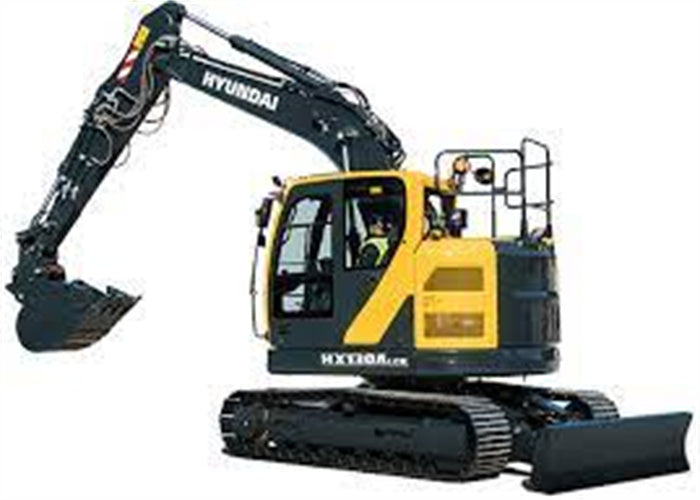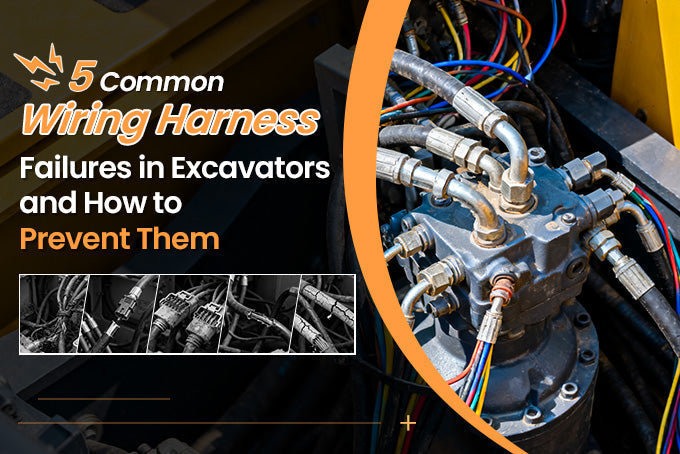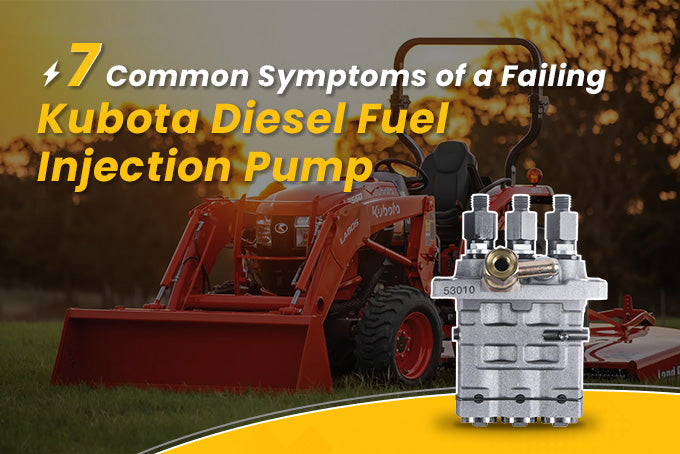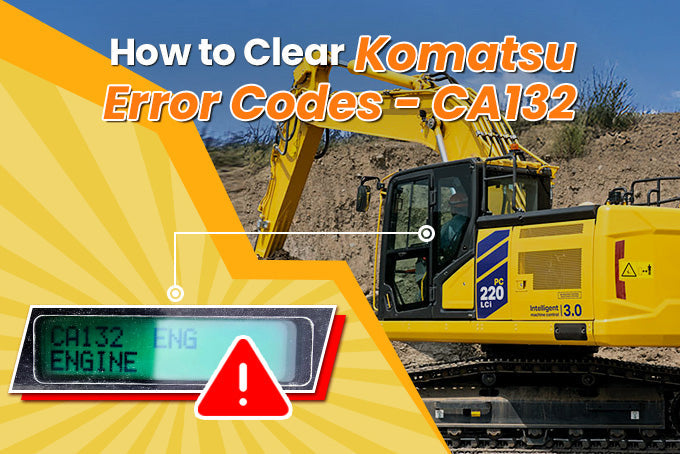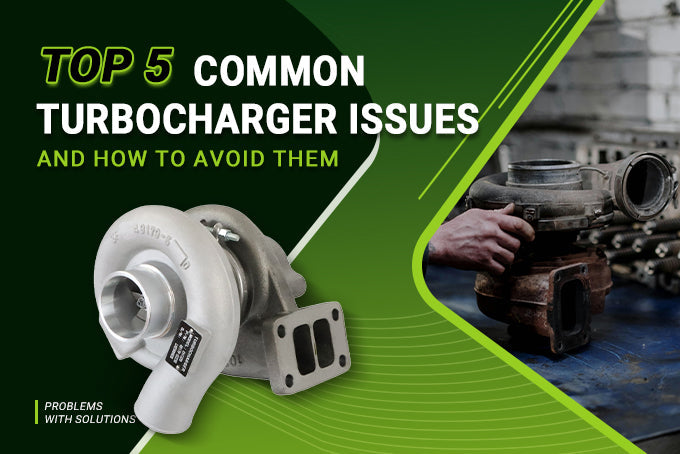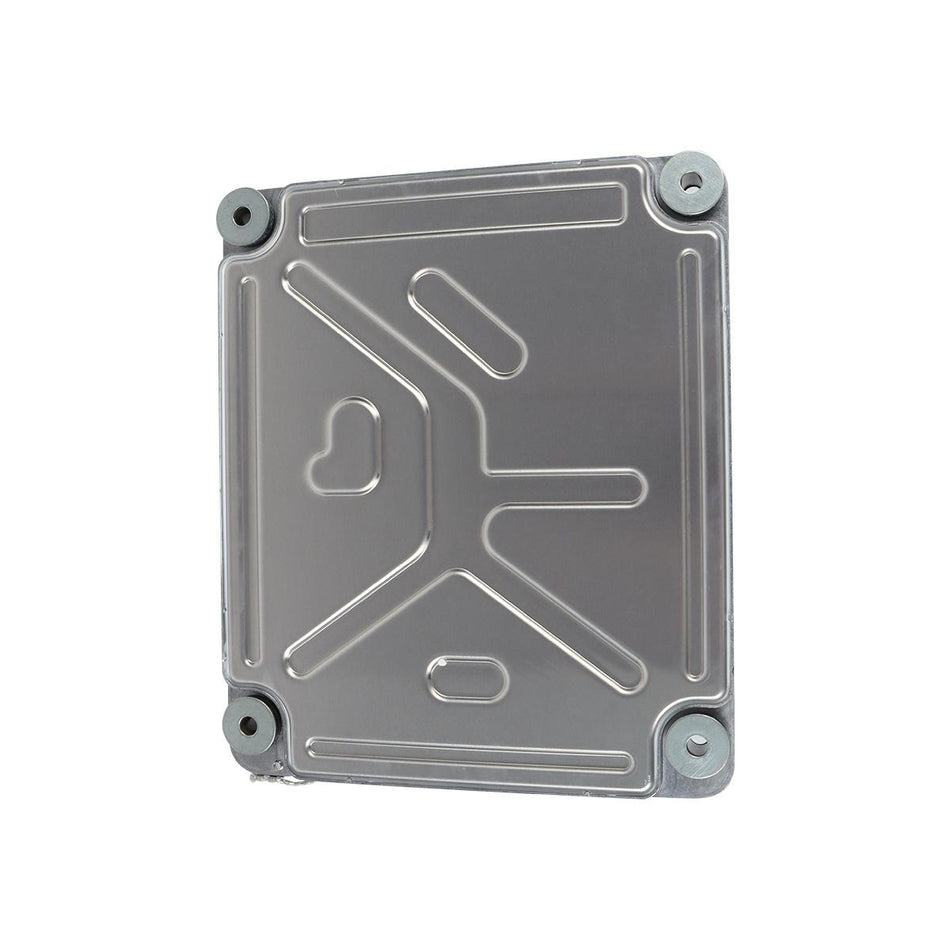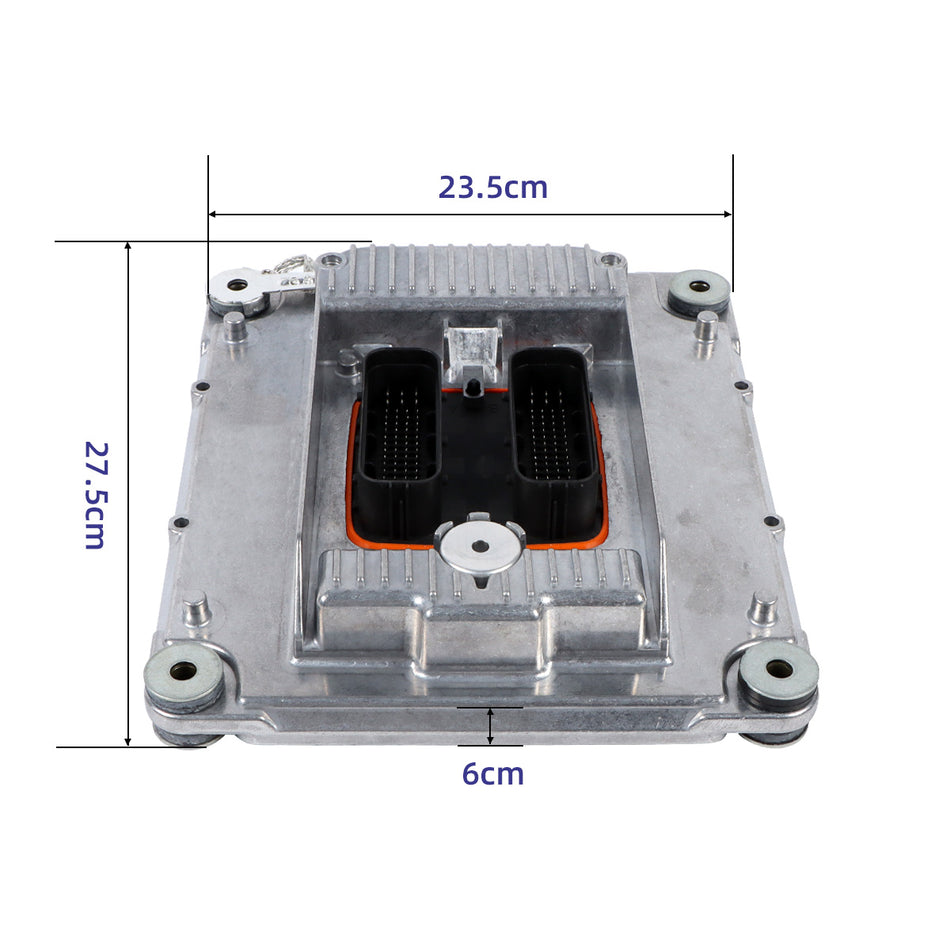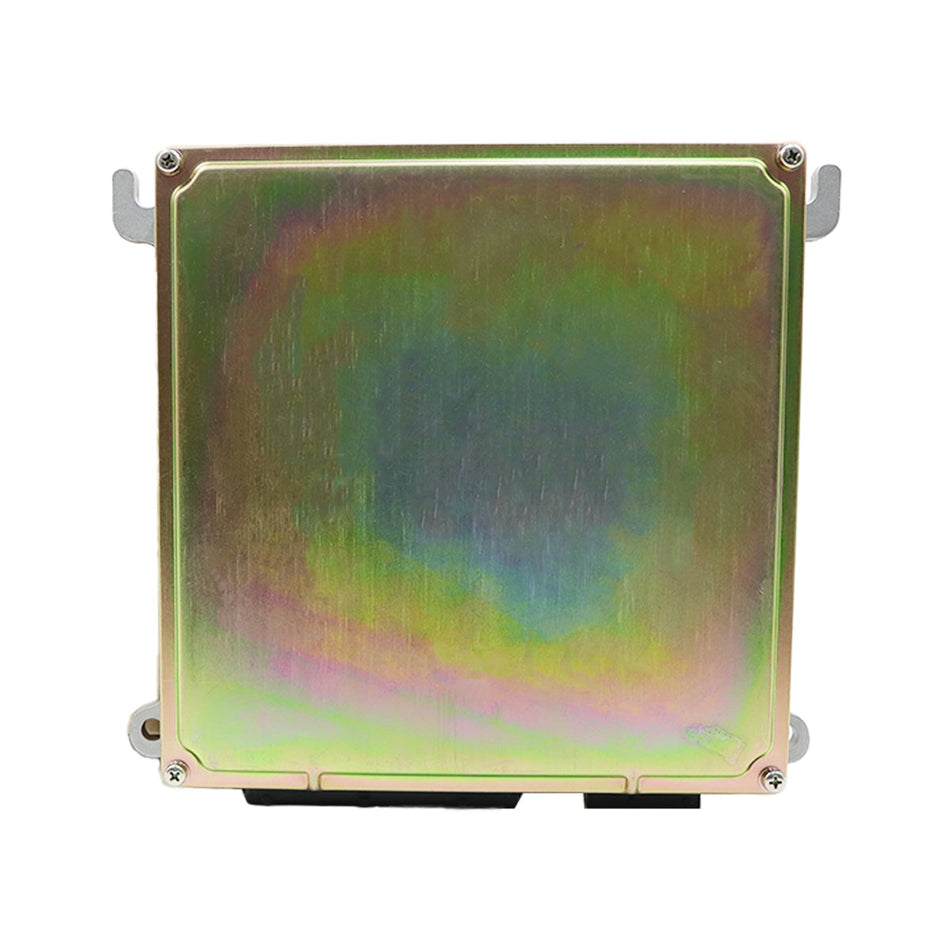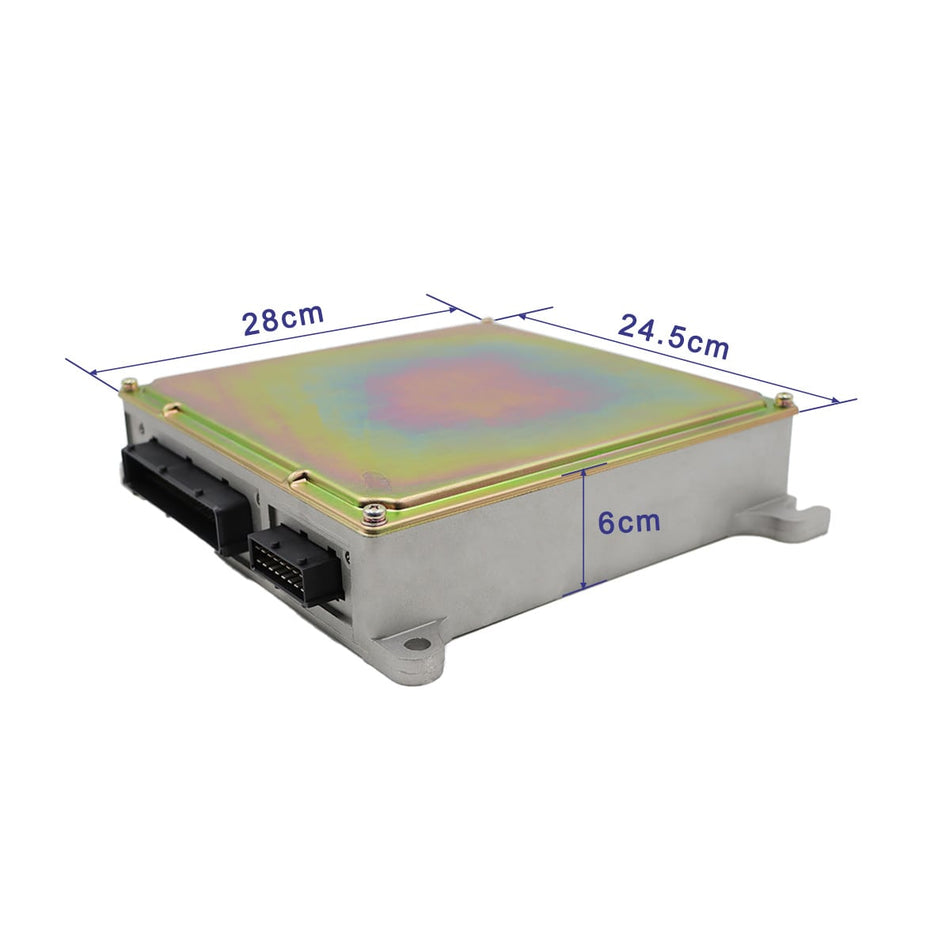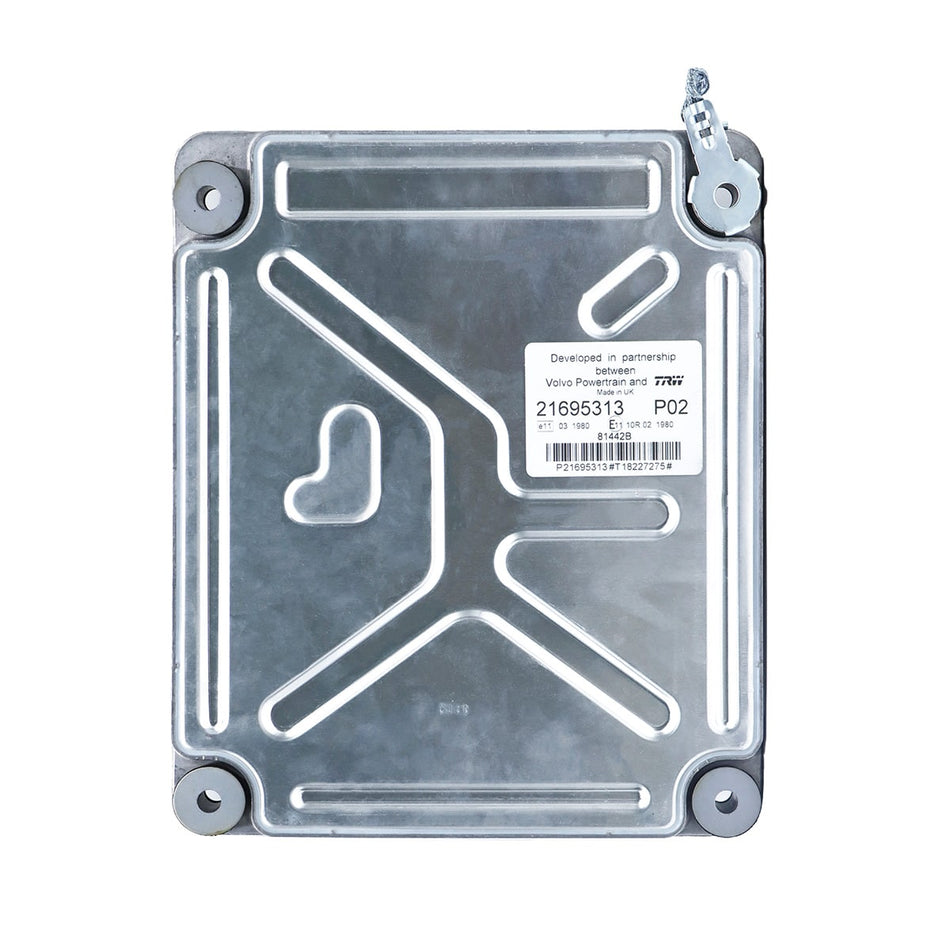As a senior purchaser or mechanic, your customers will encounter some small faults in the use process. If you have a clear understanding of the common fault analysis and troubleshooting methods of modern excavators, once customers come to you, you can easily solve problems for them. On the one hand, show your professionalism. On the other hand, increase the customer’s trust. If you don’t know the expertise, take a look at the following. Now we mainly introduce 7 kinds of common faults of modern excavator: modern-9 series excavator.
Fault analysis of primary and secondary relief valves:
1. Reason for insufficient power of all working devices of r130 and r320 series: the main overflow valve has failed, so the normal working pressure cannot be established.
2. The power of some working devices is insufficient (only limited to r120w.r200.r280.r290.r420.r450lc).The boom, stick, bucket, right and left traveling power are insufficient, and the main overflow valve fails.
3. Insufficient power of a working device (boom rising or falling, bucket opening or closing, stick extending or retracting): the reason is that the secondary overflow valve is out of order. If there is not enough pressure when a working device performs two actions (such as stick retracting and extending), check the oil filter in the hydraulic oil tank (damaged sealing debris may be found in the oil filter).
4. when the operating handle is in the middle position, the boom, stick and bucket move towards the side without load (such as boom, bucket opening, etc.), the secondary relief valve opens when the pressure is lower than the specified pressure, so that the secondary relief valve cannot achieve the pressure required by the cylinder load.
II. Fault analysis of logic valve and logic check valve:
1. The speed of the stick in and out is slow: the reason is that the logic valve of stick oil circuit is polluted, the piston orifice is blocked or the piston is stuck at the open position, so the oil output by the main pump always flows back to the hydraulic oil tank.
2. boom rising speed is slow: the logic valve of boom oil circuit is polluted, the piston of logic valve of boom oil circuit is removed, cleaned, the logic check valve of boom oil circuit is polluted, stuck in the closed position, or the piston is stuck in the middle position, in this case, there will be noise during boom rising, the logic check valve is removed and cleaned.
3. Start the motor to rotate, but the engine does not start: the stick, boom oil way logic valve is polluted, the oil filter or orifice installed in the front is blocked, so the hydraulic circuit is closed (hydraulic lock), remove the stick, boom oil way logic valve, clean the oil filter or orifice.
III. Failure analysis of rotary system:
1. Operate the rotary handle, and it is not allowed to rotate left and right: other functions are normal, and the rotary reversing valve core is stuck due to pollution.
2. the rotation speed is slow in both the left and right directions: shuttle valve leaks, the valve element cannot be fully moved, the rotary brake is not released, solutions, check the rotary pilot control pressure at both ends of the rotary reversing valve, if the pressure is lower than the specified pressure (about 4MPa), replace the shuttle valve, if the pressure is normal, remove and clean the delay valve.
3. Insufficient slewing power: the overflow valve of slewing circuit fails or the check valve leaks oil.
4. When the slewing is stopped, the slewing device slips too much, and there is mechanical noise when the machine is stopped: the reason is that when the slewing joystick is in the middle position, the slewing brake does not work. The solution is to remove the delay valve and clean it.
IV. Failure analysis of pilot circuit:
1. All working devices do not work: the pilot pressure circuit is faulty, the solenoid valve of the pilot gear pump or the pilot relief valve is damaged, the solenoid valve is stuck by dirt, and the wire of the solenoid valve is not connected properly.
2. All working devices operate slowly: low pilot pressure.
V. fault analysis of boom holding valve:
1. Boom does not lower when boom handle is operated: Boom hold valve is stuck by dirt, orifice is blocked, boom hold valve piston is disassembled for cleaning or orifice.
2. The engine can’t automatically idle: the reason is that the automatic deceleration mode is selected, the relevant pressure switch is damaged, and the orifice is blocked.
Vi. Failure analysis of stick retraction system:
1. Low retraction pressure of stick cylinder: the reason is that the check valve of stick circuit is stuck at the open position, so the oil inlet cavity of stick cylinder is connected with the oil return cavity, the change-over valve element of stick is removed, the check valve of stick circuit is removed and cleaned.
2. the retraction speed of the stick cylinder is low, and there is cavitation noise, and there is vibration when the stick cylinder moves from the fully extended position to the retracted position: the cause is that the throttle hole of the stick circuit check valve is blocked, the function of the stick retracted oil circuit is out of order, or the stick circuit check valve is stuck at the closed position, and it is removed for cleaning.
3. The stick cannot be retracted: because the stick reversing valve element is stuck at the closed position, remove the stick reversing valve element and clean it.
VII. Failure analysis of central bypass valve:
1. the speed of boom lifting, bucket digging and unloading is low, the central bypass valve is stuck at the open position, the oil output from main pump II returns to the hydraulic oil tank, the boom lifting and bucket working circuit cannot be accessed, and the central bypass valve core is removed for cleaning.
2. Boom lifting speed is slow, and hydraulic noise occurs during boom lifting: the boom logic check valve element is stuck, pressure oil cannot enter the boom lifting oil circuit, and the boom logic check valve is disassembled for cleaning.
3. low speed of stick out or retraction: the central bypass valve core is stuck at the opening position, the oil output from main pump II flows back to the hydraulic oil tank, unable to enter the stick working circuit, and the central bypass valve is disassembled for cleaning.
4. The starting motor rotates, but the engine fails to start: the central bypass valve core is stuck at the closed position, the oil output from the first and second main pumps cannot return to the hydraulic oil tank, and the central bypass valve core is disassembled for cleaning.
Above we mainly introduced several basic fault analysis and troubleshooting methods of modern excavators. If you need to know about other brands or other troubleshooting methods of modern excavators, please leave a message and we will reply to you as soon as possible.


